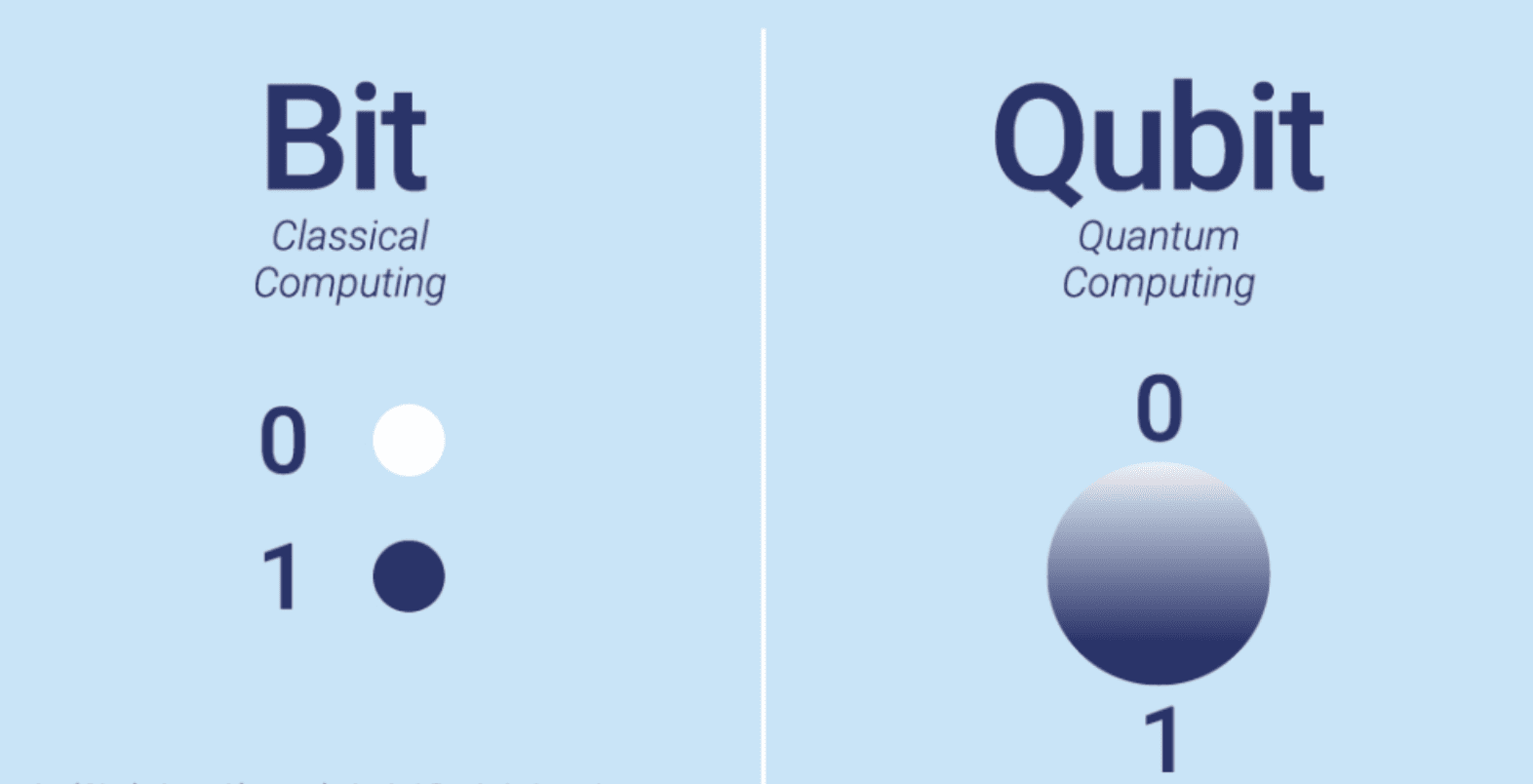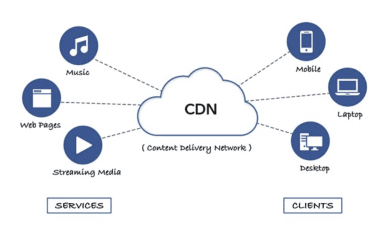9 min to read
Understanding Quantum Computing - Next Generation Computing Technology
A comprehensive introduction to quantum computing principles and applications

Overview
Quantum Computing is a next-generation computing technology that processes information in a completely different way from conventional computers. While traditional computers use bits to represent data as either 0 or 1, quantum computers utilize qubits that can represent 0 and 1 simultaneously. By leveraging quantum mechanical phenomena such as ‘superposition’ and ‘entanglement’, quantum computers can perform certain complex calculations exponentially faster.
This innovative technology is attracting attention for its potential to overcome current computing limitations in areas such as cryptography, drug development, and optimization problems. Global companies like IBM, Google, D-Wave, and Rigetti are competing to advance this core technology.
Quantum Computing Explained
Definition
- Advanced computing paradigm using quantum mechanics principles
- Uses qubits instead of classical bits
- Exponentially faster for specific complex problems
- Leverages quantum properties like superposition and entanglement
Key Concepts in Quantum Computing
Qubit (Quantum Bits)
- The fundamental unit of information in quantum computing
- Unlike classical bits (0 or 1), qubits can exist in superposition
- Enables quantum computers to process vast amounts of information in parallel
- Can be physically implemented using various systems (superconducting circuits, trapped ions, photons)
Superposition Principle
- Allows qubits to represent multiple states simultaneously
- Enables quantum computers to evaluate multiple possibilities at once
- Mathematical representation as a linear combination of states
- Collapses to a single state upon measurement
Quantum Entanglement
- Quantum phenomenon where qubits become correlated
- Changing the state of one entangled qubit instantly affects others
- Enables unique computational capabilities not possible in classical computing
- Critical for quantum communication and computing
Quantum Interference
- Used to amplify correct solutions while canceling incorrect ones
- Enhances the efficiency of specific calculations
- Key to implementing quantum algorithms effectively
Measurement
- Causes qubits to collapse from superposition to a definite state (0 or 1)
- Results of computation depend on these measurements
- Probabilistic nature requires multiple runs for reliable results
Classical Computing vs Quantum Computing
| Aspect | Classical Computing | Quantum Computing |
|---|---|---|
| Basic Unit | Bit (0 or 1) | Qubit (superposition of 0 and 1) |
| Processing | Sequential or parallel | Simultaneous via superposition |
| State Representation | Single state at a time | Multiple states simultaneously |
| Speed | Efficient for general tasks | Exponentially faster for specific problems |
| Interconnectivity | No inherent correlation | Entanglement enables high connectivity |
| Output | Deterministic answer | Probabilistic result (highest probability outcome) |
| Error Susceptibility | Relatively robust | Highly sensitive to noise/decoherence |
Applications of Quantum Computing
Cryptography
- Shor’s algorithm can break existing encryption methods (e.g., RSA)
- Development of quantum-safe cryptography (Post-Quantum Cryptography)
- Quantum Key Distribution (QKD) for secure communication
Optimization Problems
- Supply chain management and logistics optimization
- Financial modeling and risk assessment
- Traffic flow optimization in smart cities
- Resource allocation in complex networks
Machine Learning
- Quantum machine learning can process large datasets much faster
- Quantum neural networks and quantum support vector machines
- Enhanced pattern recognition and data classification
- Potential breakthroughs in artificial intelligence
Drug Discovery and Material Science
- Simulating molecular interactions at the quantum level
- Accelerating new drug discovery and development
- Designing new materials with specific properties
- Understanding complex chemical reactions
Weather and Climate Modeling
- More accurate simulation of complex systems like weather patterns
- Climate dynamics modeling with higher precision
- Natural disaster prediction with improved accuracy
Quantum Simulation
- Simulating quantum systems impossible on classical computers
- Advancing fundamental physics and material science
- Studying quantum field theories and particle physics
- Exploring high-energy physics phenomena
Limitations and Challenges
Hardware Constraints
- Qubit decoherence (loss of quantum states due to interaction with environment)
- Extremely low operating temperatures (near absolute zero)
- Physical scaling challenges with increasing qubit numbers
- Quantum gate fidelity and measurement accuracy
Error Correction
- Quantum systems are highly prone to errors
- Effective quantum error correction is essential
- Error correction requires additional qubits
- Trade-off between computational power and error resilience
Scalability Issues
- Maintaining coherence and entanglement while increasing qubit count
- Physical and architectural limitations on qubit connectivity
- Manufacturing challenges for large-scale quantum processors
Cost Factors
- High production and maintenance costs
- Advanced technology and extreme cooling requirements
- Specialized infrastructure and expertise needed
- Significant research and development investment
Algorithm Development
- Limited number of quantum algorithms with proven advantages
- Complexity in designing efficient quantum algorithms
- Difficulty in translating classical problems to quantum formulations
- Early stage of quantum software development ecosystem
Deeper Understanding of Quantum Computing
Qubit vs. Bit: Visual Comparison
| Attribute | Bit (Classical) | Qubit (Quantum) |
|---|---|---|
| State | 0 or 1 (binary) | Superposition of 0 and 1 (probabilistic) |
| Visualization | Point on a line | Vector on a Bloch Sphere |
| Representation | 0, 1 | α|0⟩ + β|1⟩ (with complex coefficients) |
Qubits are commonly visualized using the Bloch Sphere representation, which shows the quantum state as a vector on a sphere.
Shor’s Algorithm
Shor’s algorithm is one of the most famous quantum algorithms, designed to factorize large numbers exponentially faster than the best-known classical algorithms.
- Current RSA encryption relies on the difficulty of factoring large numbers
- Shor’s algorithm poses a potential threat to RSA, ECC, and other cryptographic systems
- This has stimulated research in Post-Quantum Cryptography (PQC)
Note: Theoretically, Shor’s algorithm could break 2048-bit RSA in seconds with sufficient qubits.
Quantum Random Number Generation (QRNG)
While classical random number generation typically uses seed-based pseudo-random methods, Quantum Random Number Generators utilize the inherently unpredictable nature of quantum phenomena to produce true randomness.
- Leverages quantum entanglement and photon measurements for randomness
- Applications in security tokens, cryptographic key generation, gaming, and finance
- Some companies now offer QRNG APIs at the hardware level (e.g., ID Quantique)
Qiskit Example: Hello Quantum
IBM’s Qiskit framework allows for simulating and running actual quantum circuits. Here’s a simple example:
# Qiskit installation (first time only)
!pip install qiskit
# Basic imports
from qiskit import QuantumCircuit, Aer, execute
from qiskit.visualization import plot_histogram
import matplotlib.pyplot as plt
# Create quantum circuit
qc = QuantumCircuit(1, 1) # 1 qubit, 1 measurement bit
qc.h(0) # Hadamard gate to create superposition
qc.measure(0, 0) # Measure qubit 0 to classical bit 0
# Run on simulator
backend = Aer.get_backend('qasm_simulator')
job = execute(qc, backend=backend, shots=1000)
result = job.result()
counts = result.get_counts()
# Visualize output
print("Measurement results:", counts)
plot_histogram(counts)
plt.show()
The execution results in a probability-based distribution like {'0': 493, '1': 507}, demonstrating qubit superposition.
Key Quantum Gates and Operations
| Gate | Function | Qiskit Command | Description |
|---|---|---|---|
| Hadamard (H) | Creates superposition | qc.h(0) | |0⟩ → (1/√2)(|0⟩ + |1⟩) |
| Pauli-X (X) | NOT gate | qc.x(0) | |0⟩ ↔ |1⟩ |
| Pauli-Y (Y) | Complex rotation | qc.y(0) | Rotation with phase |
| Pauli-Z (Z) | Phase flip | qc.z(0) | Applies -1 phase to |1⟩ |
| CNOT (CX) | Controlled NOT (for Entanglement) | qc.cx(0, 1) | Flips target qubit if control qubit is 1 |
| Measure | State measurement | qc.measure(q, c) | Reads qubit into classical state |
Example: Creating Entangled Qubits
from qiskit import QuantumCircuit, Aer, execute
from qiskit.visualization import plot_histogram
import matplotlib.pyplot as plt
qc = QuantumCircuit(2, 2)
qc.h(0) # Put first qubit in superposition
qc.cx(0, 1) # Create entanglement
qc.measure([0, 1], [0, 1])
backend = Aer.get_backend('qasm_simulator')
result = execute(qc, backend, shots=1000).result()
counts = result.get_counts()
print("Entanglement measurement results:", counts)
plot_histogram(counts)
plt.show()
Expected result: {'00': ~500, '11': ~500}, demonstrating that qubits 0 and 1 are entangled.
Quantum Computing vs. Quantum Communication vs. Quantum Sensing
| Field | Description | Representative Technologies |
|---|---|---|
| Quantum Computing | Parallel computation using qubits | IBM Q, D-Wave, Google Sycamore |
| Quantum Communication | Entanglement-based secure communication | QKD, Quantum Internet |
| Quantum Sensing | Detecting minute signals using quantum states | Ultra-precise gravity measurement, medical imaging |
These three fields are technically complementary and have high application potential in defense, finance, space, energy, and various other industries.
Conclusion
While quantum computing isn’t fully commercialized yet, it promises problem-solving capabilities impossible with classical computing.
If traditional computers are tools that quickly calculate clear “answers” without probability, quantum computers are more like tools that explore numerous possibilities simultaneously to present “the most likely solution.”
Despite technical limitations like qubit stability, error correction, and high costs, the practical expected effects - from cryptographic transformations and AI acceleration to climate simulation and drug design - exceed imagination.
As we enter an era where quantum supremacy becomes more established, we can expect significant paradigm shifts across information security, supercomputing, finance, and all industrial sectors.


Comments